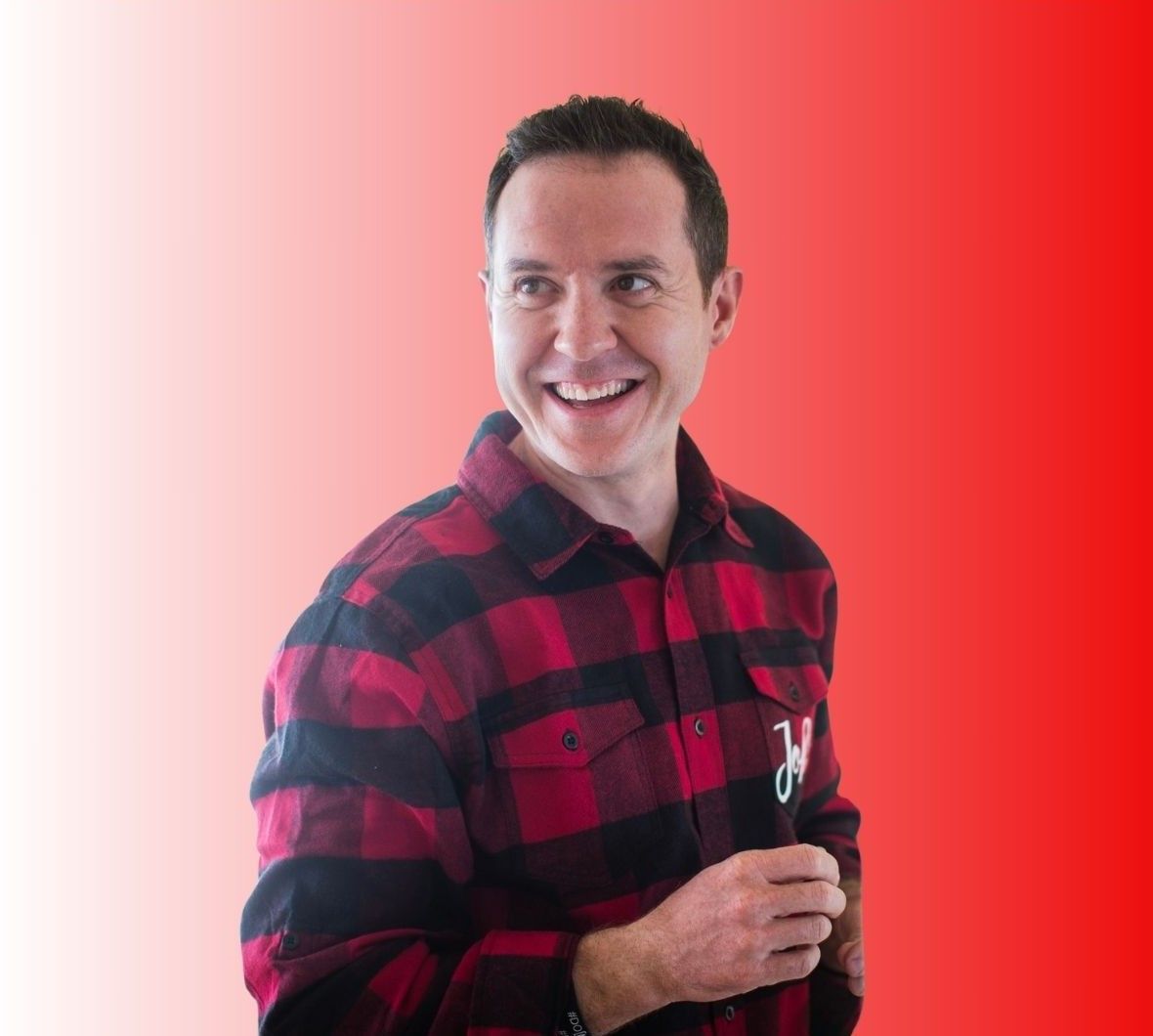Author: John Timmerman
CEO @ Good Monster
Conversion & retention problem-solvers.

Author: John Timmerman
CEO @ Good Monster
Conversion & retention problem-solvers.
Most brands fail at TikTok.
Here’s a gut punch for brand marketing leaders: You’ve got the budget, the vision, and a team ready to “crush it” on TikTok. You launch your first campaign, armed with trends and hashtags, expecting a tidal wave of engagement.
Instead, you get a puddle.
Meanwhile, a scrappy competitor—selling the same stuff—blows past you with a $0 budget, a messy iPhone video, and 2 million views. How does that feel?
Here’s why you’re stuck: You’re marketing on TikTok like it’s Instagram.
TikTok is a different beast. It doesn’t reward polish; it rewards personality. It doesn’t care about your brand guidelines; it cares about your ability to vibe with its audience. If your strategy is too safe, too corporate, or too self-serving, TikTok will eat you alive.
Most marketing leaders misunderstand TikTok’s DNA. They treat it as another box to check in the marketing mix. “Let’s post a few clips and throw some ad spend at it.” Big mistake. TikTok isn’t about being present—it’s about belonging. It’s where brands stop acting like brands.
Take this scenario:
L’Oréal’s
CeraVe, a skincare brand, went viral not because of a big-budget campaign but because TikTok skincare influencers, like Hyram, casually hyped their products in raw, authentic videos. No glamor shots—just real reviews. CeraVe leaned into this by resharing user content and amplifying real customer stories. Result? They captured a new, younger audience and became a cult favorite.
@hyram We need her in our lives 🙏 Tag me in yours so I can react! 😍 #duet with @graciedennison #skincare #skincarebyhyram ♬ Envy Me - Calboy
Or consider Scrub Daddy, a sponge brand. Their TikTok isn’t full of boring product demos. Instead, they create quirky, funny content showing their sponge in ridiculous scenarios (like scrubbing toilets to music). One series, where they made SpongeBob memes with their product, racked up millions of views.
@scrubdaddy Woah there… #scrubdaddy #smile #cleantok #cleaningtiktok #americasfavoritesponge #Meme #MemeCut ♬ original sound - Edmond Felix Baker
“But our brand is different…”
Let’s address the counterarguments. Yes, some marketing leaders will say, “TikTok doesn’t fit our brand.” Maybe. But here’s the thing: Brands like Glossier, Aldi, and even The Washington Post have gone viral by taking risks. Glossier leans into community feedback, Aldi runs hilarious relatable skits, and The Washington Post’s account is literally just a journalist acting out news stories with memes.
TikTok forces you to get uncomfortable. It challenges your team to break free from traditional marketing molds. And that’s exactly why it’s such a goldmine.
Here’s what I know: I’ve worked with brands that doubled their TikTok ROI by throwing out the rulebook. I’ve seen teams swap overproduced ads for messy, authentic content—and go viral. It’s not magic. It’s about understanding what actually works.
So here’s your next step: Spend one week immersed in TikTok. No posting, no ads. Just watch. Learn what people love. Then start small. Test five raw, experimental videos. I guarantee you’ll learn more in one month than any playbook could teach you.
What’s holding you back from winning on TikTok? Drop your thoughts—I’ll share what’s worked for other brands just like yours.

About the author:
John Timmerman
CEO at Good Monster
With over 12 years of experience in marketing strategy, leadership, brand building, digital marketing, and performance marketing, I have the skills and knowledge to create and execute effective campaigns that drive traffic, conversions, and revenue.



All Rights Reserved | John Timmerman